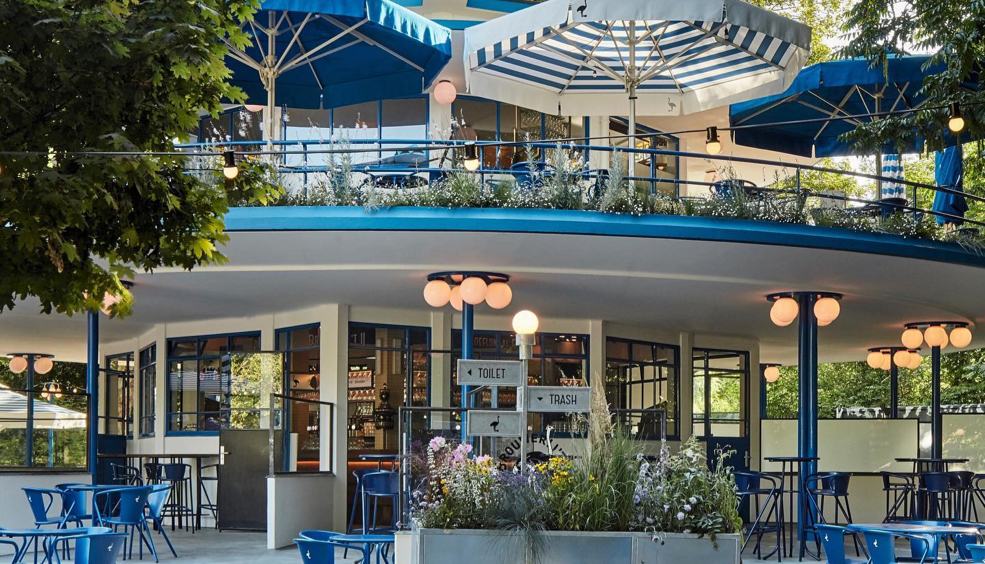2 days in Santiago de Compostela
Culture, architecture, art, tales of brave pilgrims reaching their final destination, tapas, wine, merriment and much more. Two days in Santiago de Compostela is like two days in paradise. Shall we?
more infoDay of the Canary Islands: 10 places not to be missed
Urban beaches, idyllic little coves, rolling hills, mountainous landscape, lunar landscape, sunsets, forests, mountains, fairy-tale paths and friendly locals. The Canaries have it all!
more infoAre you thirsty? Here are five of the best beer bars in Europe
If you love craft beer, this post is for you! Read on to find the best places to quench your thirst and discover new spots in Barcelona, Dublin, Munich, Amsterdam and Prague.
more infoHolland The Bicycle Paradise
The bicycle is clearly one of the identity traits of the Netherlands, as are their canals, windmills and tulips. The flat terrain, with hardly any slopes, and the fabulous infrastructure available for this ecological means of transport, makes it the ideal land for cyclotourism. Following is our selection of four itineraries for discovering Holland from a healthier perspective, both in terms of environment and fitness.
Route Through Amsterdam
A comfortable, entertaining way of touring the Dutch capital is by emulating most of its inhabitants and pedalling through it on two wheels. Riding comfortably along the city’s streets poses no problems, as Amsterdam is fully cycle-aware and caters specifically for bicycles. You should, however, be mindful of the rules governing the use of cycle lanes and cycling areas; otherwise, you are more than likely to be on the receiving end of a reprimand.
In addition to getting about the historic centre in search of landmarks, we recommend you head for Amsterdamse Bos (Amsterdam Forest), where you can indulge in nature to the full. Located four kilometres from the centre, this huge park acts as the city’s green lung and leisure area. Take note!
Tulip Route
The best way to enjoy spring in Holland is by pedalling through the countryside carpeted in tulips. The most spectacular sightseeing period is in April and May, when the tulips come into flower. This route, which starts and ends in Amsterdam, will bring you into contact with nature in all its splendour. It runs for 305 kilometres and lasts 8 days, taking you to such towns as Gouda, known for its cheese; Delft, famous for its blue ceramic; Leiden, the birthplace of Rembrandt, and Haarlem, where you should make a point of visiting the museum dedicated to the painter, Franz Hals. The highlight of this itinerary is Keukenhof. This huge park, regarded as one of the most beautiful in Europe, is located between the towns of Leiden and Haarlem.
Windmill Route
Another iconic landmark of the Netherlands are its windmills, which also have their own bicycle route. The point of departure and arrival is Bunnik, located next to Utrecht, and the itinerary involves covering 200 kilometres in six days. The high point of this trip isKinderdijk,a polder situated at the confluence of the rivers Lek and Noordt which is drained by a system of 19 windmills built around the year 1740. The route will also take you past Dordrecht, one of the oldest cities in Holland, and Gokum, set amid some fantastic scenery.
North Sea Route
The North Sea coast has some beautiful spots that make a cycling getaway well worth your while. To see it in all its splendour, we propose an itinerary of under 50 kilometres, running from The Hague to Zandvoort, which affords some beautiful sea views and takes you past lovely beaches.
You can obtain maps of these and many other routes, with details of each itinerary, from the Dutch Tourist Board. Book your Vueling here and venture through the Netherlands on their star means of transport – the bicycle.
Text by Los Viajes de ISABELYLUIS
Images by Bùi Thụy Đào Nguyên, Mandie, Tarod
more info




